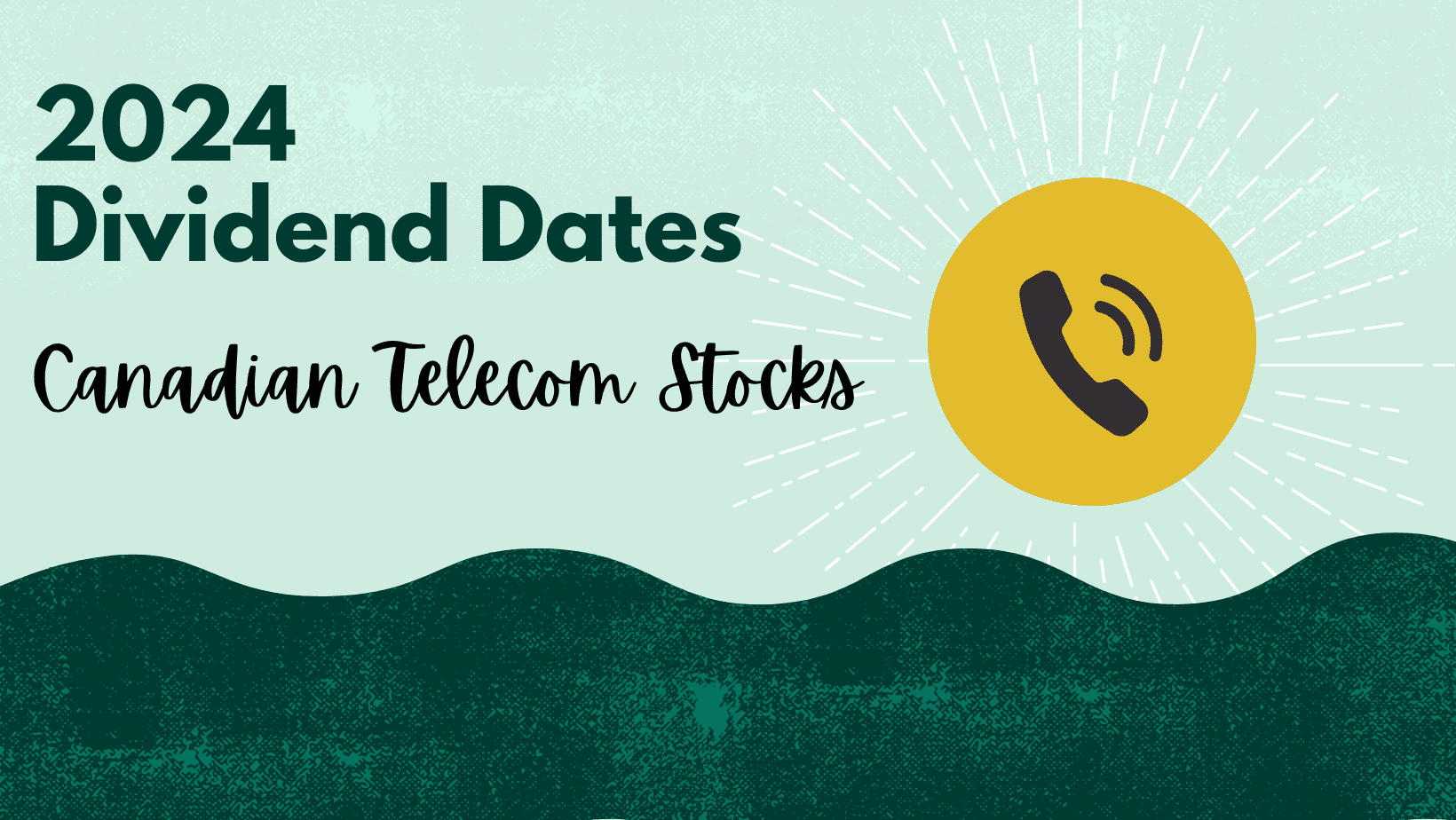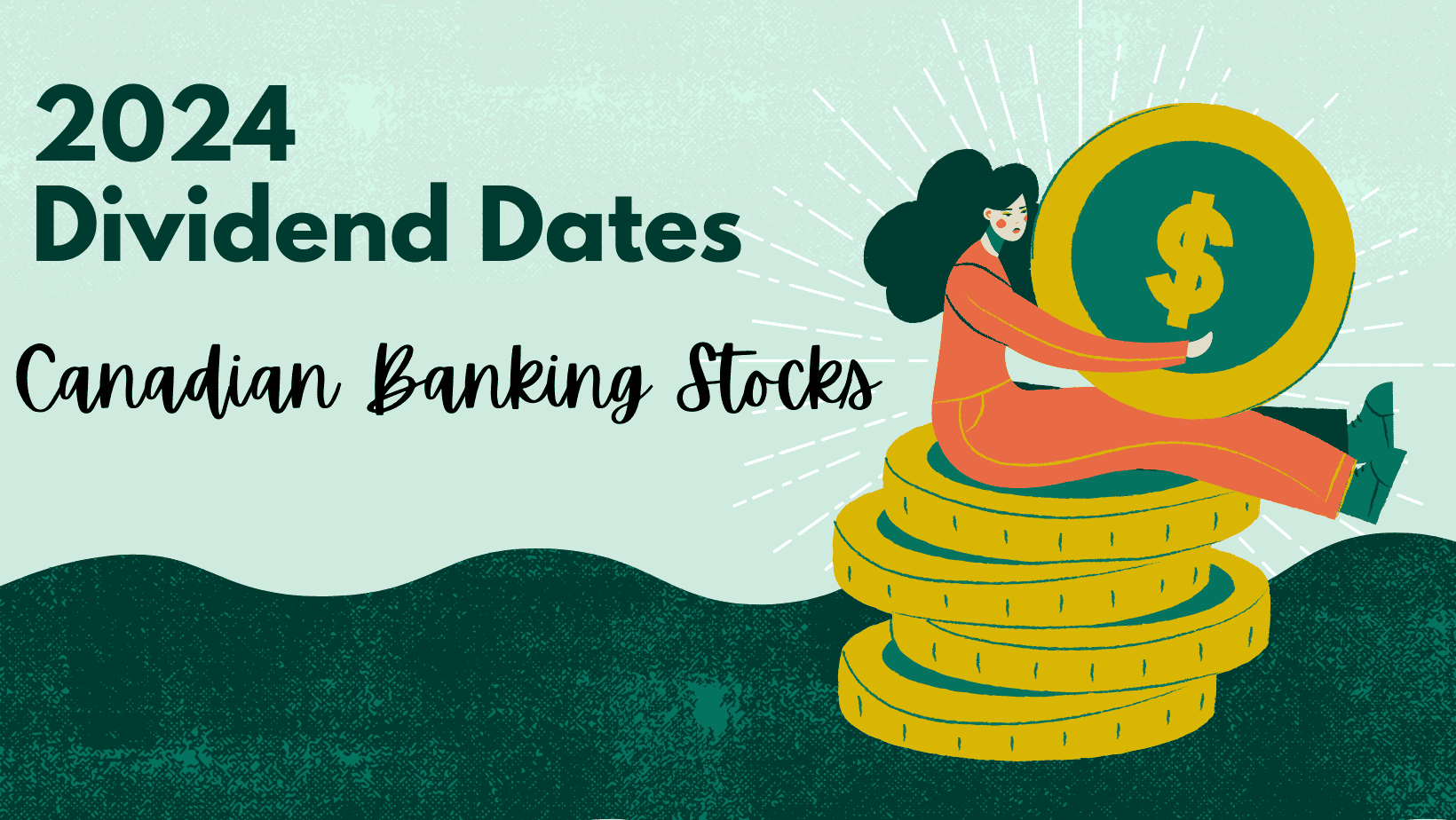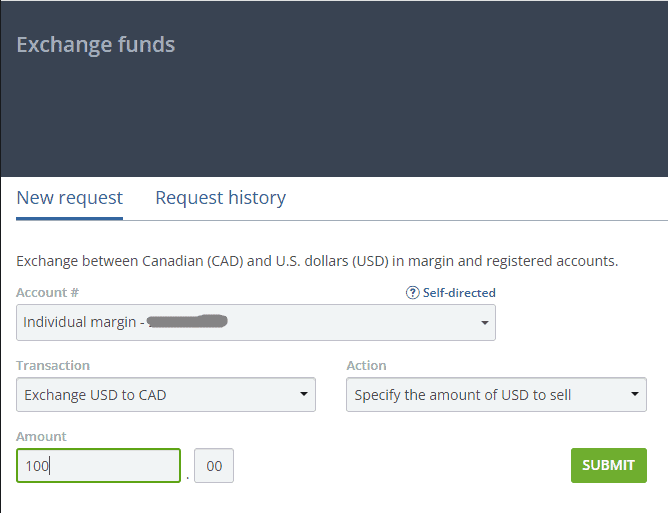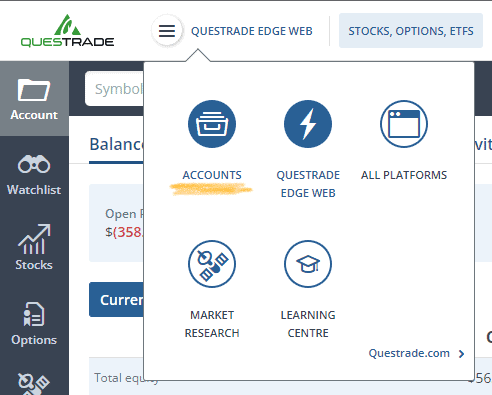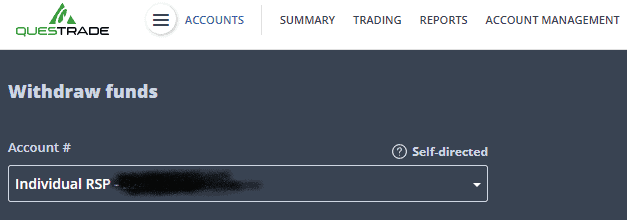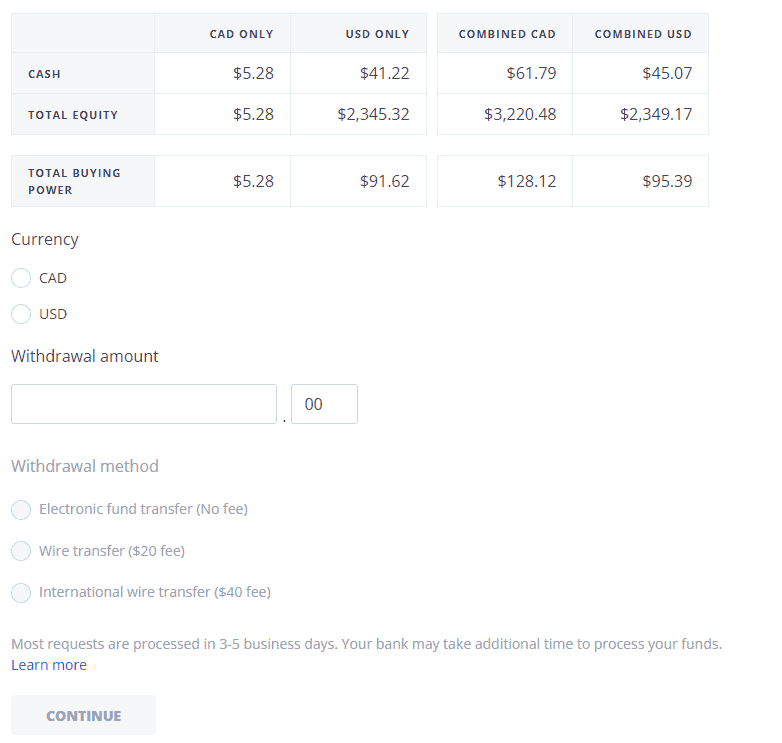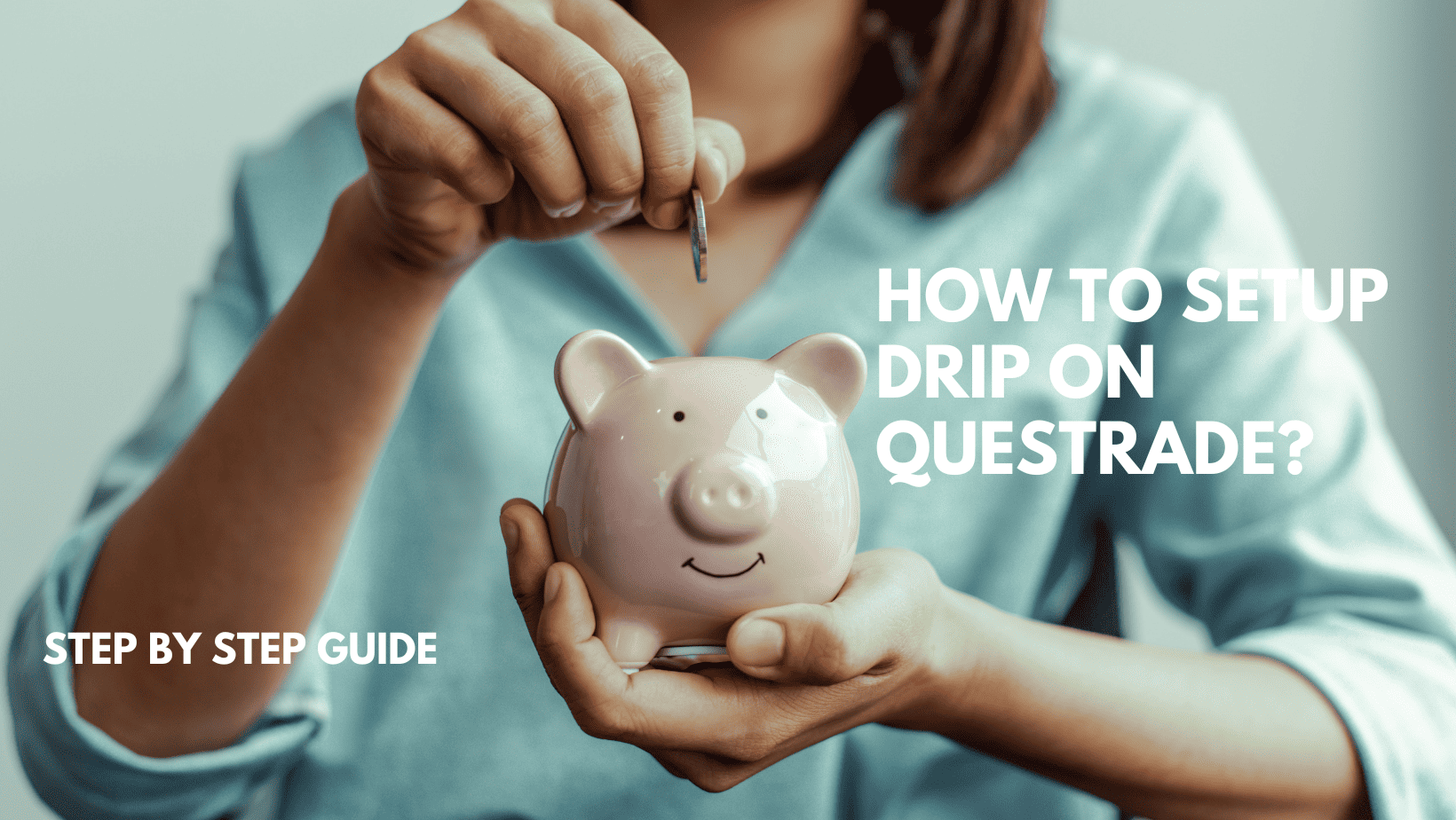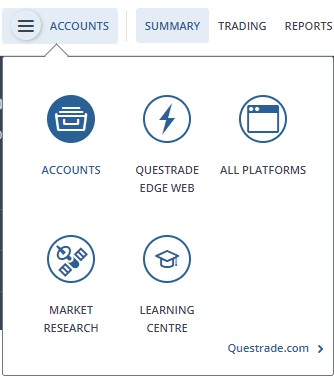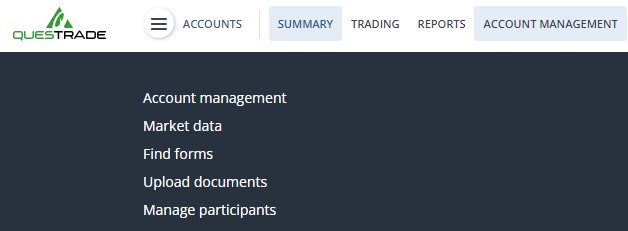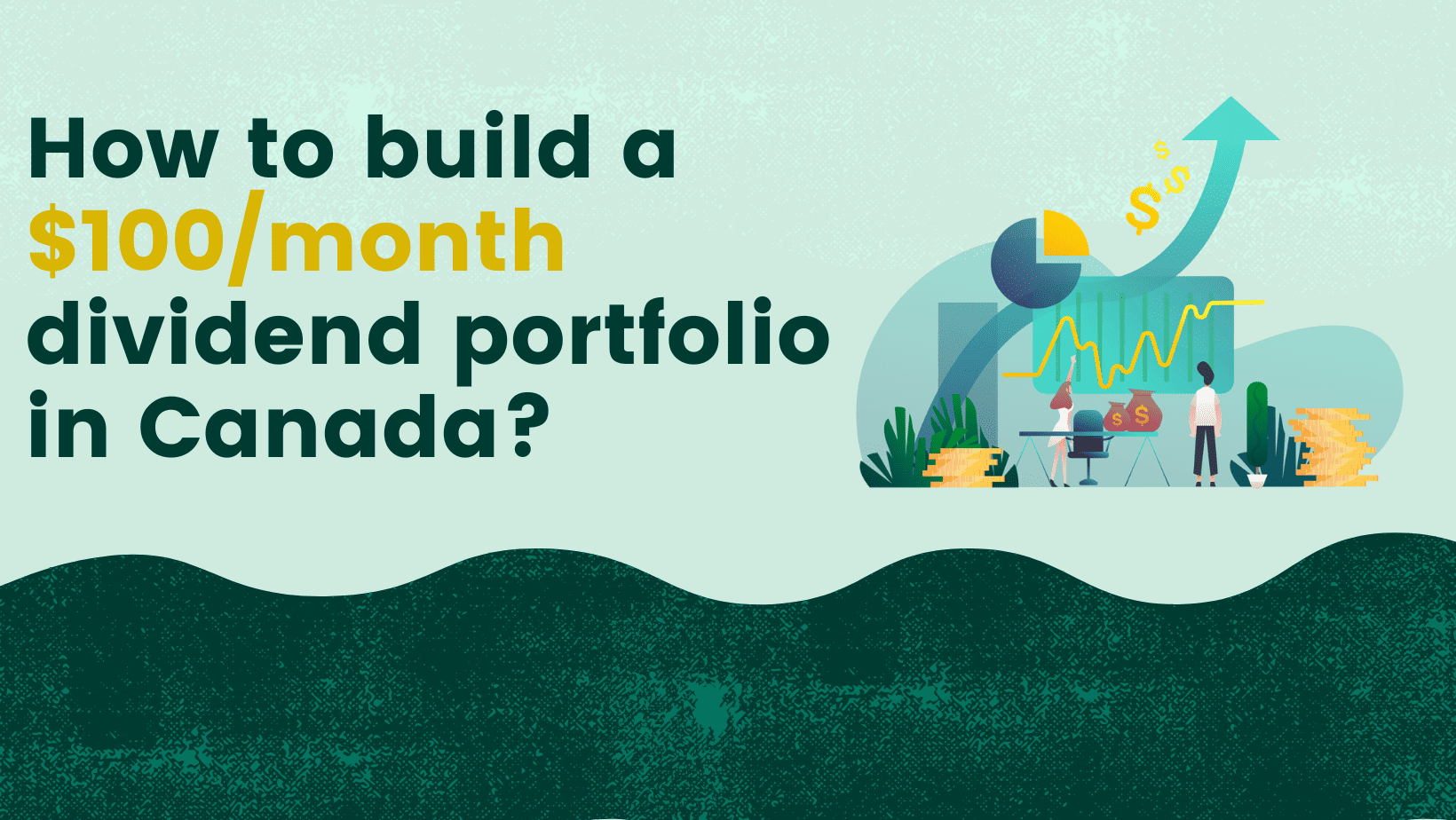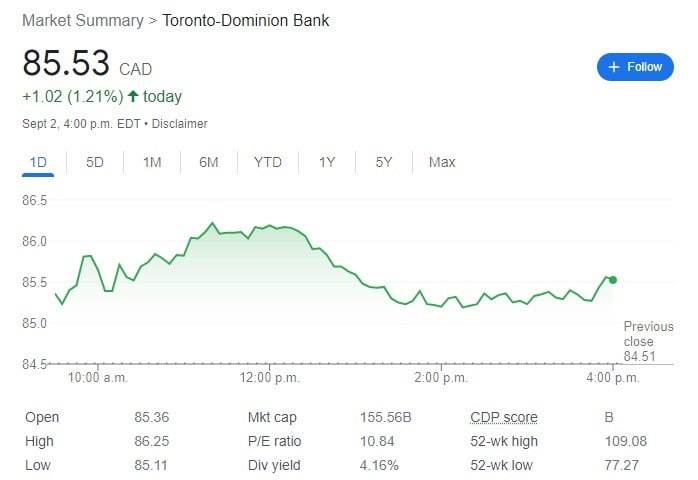Did you see ‘Canada RIT Deposits’ on your bank statement and wondering who sent you that money? Read on further to know everything about it.
What is Canada RIT Deposit?
RIT stands for ‘Refund Income Tax’.
Canada RIT deposits, also known as tax refunds, are monetary reimbursements issued by the CRA to taxpayers who overpaid their taxes.
These refunds are due to overpaid taxes or eligible tax credits. For instance, if an individual’s employer withheld more income tax than necessary throughout the year, they may be entitled to a refund.
How is Canada RIT Deposit calculated?
Calculation of Canada RIT deposits is influenced by various factors such as income, tax deductions, tax write-offs, RRSP contributions and tax credits.
Individuals who have filed their taxes and meet specific criteria are eligible for these deposits. For example, individuals with low to moderate incomes may qualify for the Canada Workers Benefit (CWB), a refundable tax credit designed to provide financial support.
Understanding the eligibility criteria is crucial in determining if one qualifies for Canada RIT deposits.
Income levels play a significant role in eligibility, as those earning lower incomes may be entitled to additional benefits or credits through the deposit system.
Timeline for Receiving Canada RIT Deposits
Processing Times
Factors such as the method of filing taxes (online or by mail), accuracy of information provided, and any outstanding debts owed to government agencies can impact the timeline for receiving Canada RIT deposits. For instance, those who file their taxes electronically and choose direct deposit may receive their refunds more quickly compared to those who file paper returns.
It’s crucial for taxpayers to ensure that all information submitted in their tax returns is accurate and up-to-date. Any errors or missing details could lead to delays in receiving the Canada RIT deposit.
How are Canada RIT Deposits made?
Receiving a Canada RIT deposit can be done in two primary ways: through direct deposit or via a paper cheque.
If you have opted for an electronic refund, the funds will be transferred directly into the bank account linked to your Canada Revenue Agency (CRA) profile.
Alternatively, if you are set to receive a paper cheque, it will be sent by mail to the address that is currently registered with the CRA. To expedite the receipt of your Canada RIT deposit, it is advisable to ensure that your CRA profile is up-to-date with accurate direct deposit information. This way, you can receive your funds more swiftly and efficiently.
What to do with Canada RIT Deposits?
Debt Repayment
Utilizing Canada RIT deposits to repay outstanding debts can provide significant relief from financial burdens. By using these funds to pay off high-interest credit card debt or loans, individuals can reduce their overall interest payments and improve their financial standing. This strategy not only alleviates immediate financial stress but also contributes to long-term savings by minimizing interest expenses.
Consider allocating a portion of the Canada RIT deposit towards settling any outstanding balances with high-interest rates. For example, if an individual has accumulated credit card debt, applying the deposit towards paying off this debt can lead to substantial interest savings in the future.
Savings & Investments
Another effective strategy for utilizing Canada RIT deposits is to allocate a portion of the funds towards building an emergency savings fund or investing for future goals. By setting aside these funds in a high-yield savings account or directing them into low-risk investment opportunities, individuals can secure their financial well-being and work towards achieving their long-term objectives.
Individuals may choose to place a percentage of the Canada RIT deposit into a dedicated emergency fund or explore investment options such as low-cost index funds or retirement accounts. This approach allows individuals to harness the potential growth of these funds while safeguarding against unforeseen expenses.
Canada RIT Deposits - Frequently Asked Questions
- Are Canada RIT Deposits taxable?
No, Canada RIT deposits are not subject to taxation. These deposits represent a reimbursement of taxes that you’ve overpaid, and therefore, they are not classified as income.
2. Who sends the RIT Deposits to your account?
Canada Revenue Agency (CRA) is responsible for processing your refund income tax.
3. Is getting RIT Deposits good?
It is neither good nor bad. The optimal situation is to have no tax refund. This indicates that you’ve paid the precise amount of taxes due over the year, avoiding both overpayment and underpayment. In this scenario, you can utilize your money immediately rather than temporarily handing it over to the government and subsequently waiting for a refund during tax season.
4. How can I recognize RIT payments on my bank statement?
The deposit may be named Canada RIT. Some other codes may include EFT Credit Canada and Canada Fed Deposit. It’s sometimes labelled as a RIT/RIF transaction on your bank account statement.




